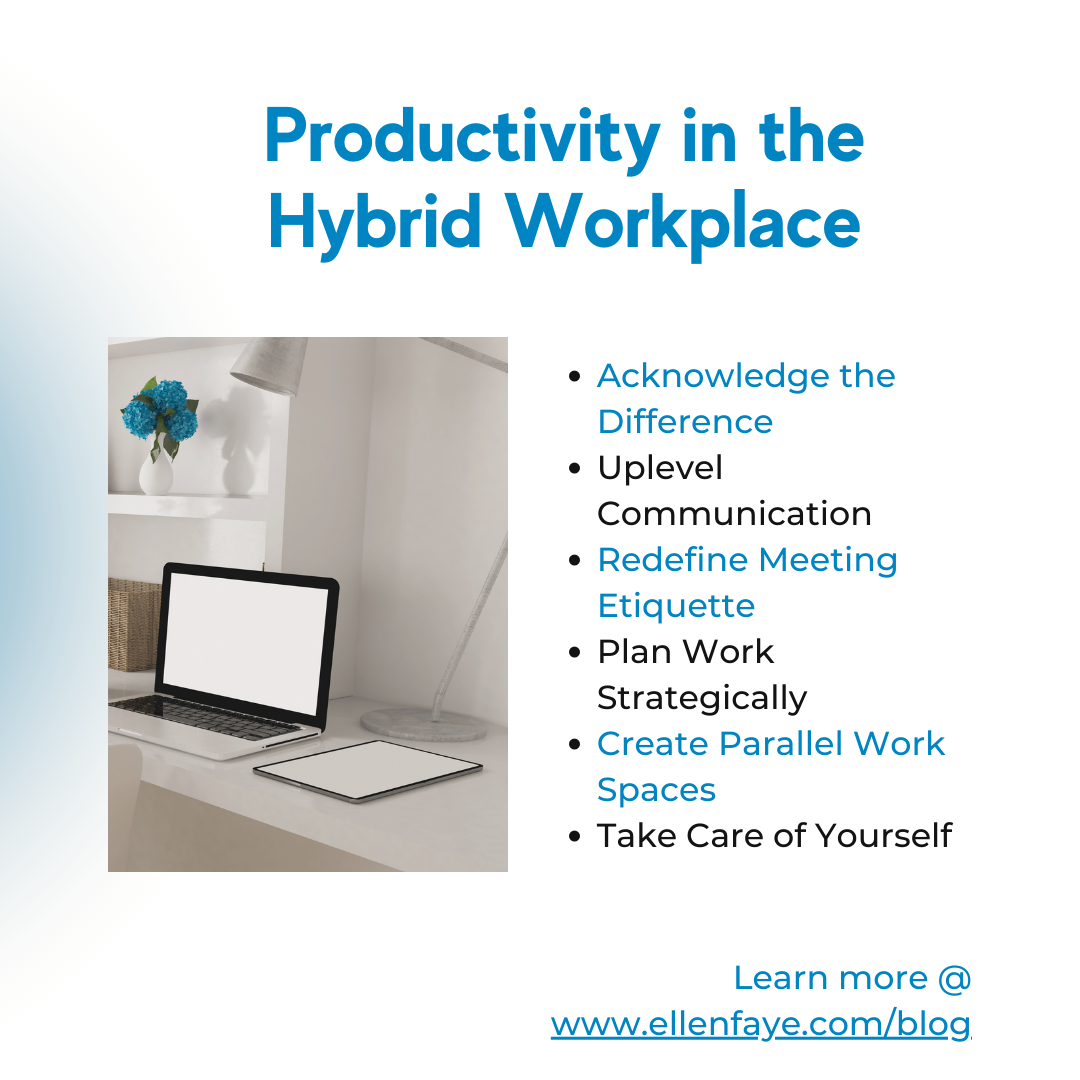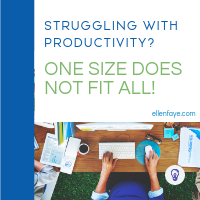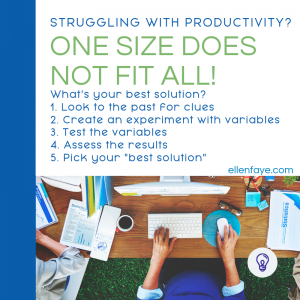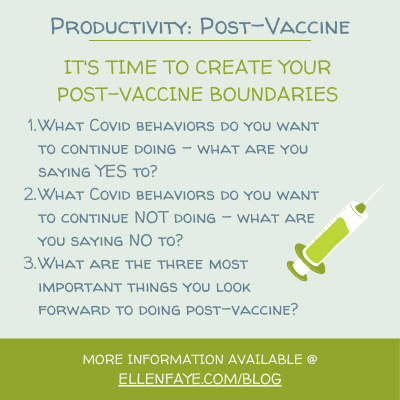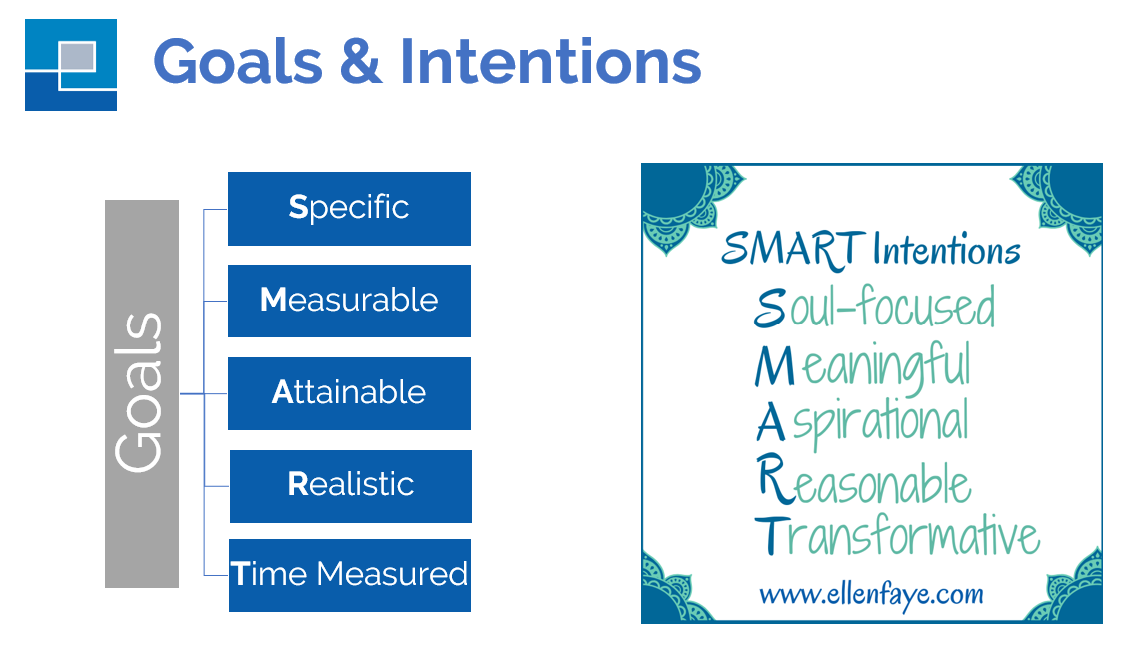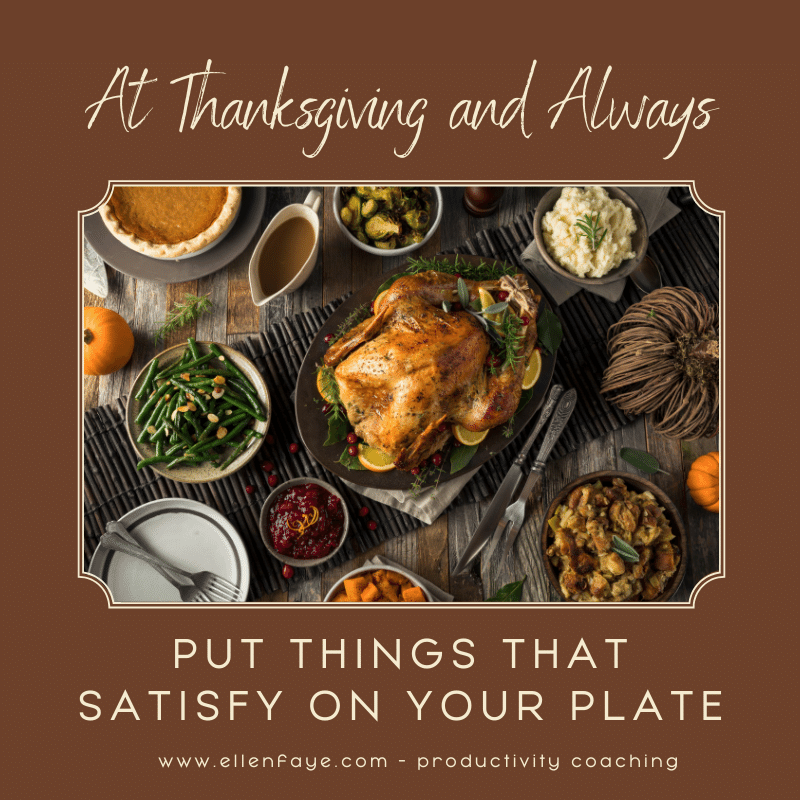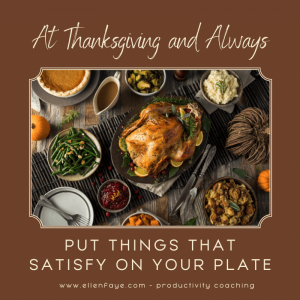21 Sep How to Be More Productive in the Hybrid Workplace
 It seems we just got used to working at home and now we are returning to the office in some way. Today’s workforce is everything but stationary.
It seems we just got used to working at home and now we are returning to the office in some way. Today’s workforce is everything but stationary.
Productivity in the hybrid work environment focuses on mobility and flexibility. Your office is in your work bag. The goal is to work effectively regardless of location. Leveraging the benefits of this new work paradigm means looking at productivity differently.
Acknowledge the Difference
- Time in the office can be energizing and inspiring. Take advantage of the lift you get when you’re with others, understanding that effectiveness improves with a change of pace and environment.
- Child care and family obligations shift. Going to work provides a much-needed break. The flexibility enables you to be better in each situation.
- Self-care continues to be important. Taking time for a walking meeting or planning an exercise break with colleagues helps to maximize the time. Leaders are on the lookout for ideas to support the new normal. Tell them what you need.
- Planning your start and stop times in the office is helpful to helping you create routine and provides markers to keep you on task and effective.
Uplevel Communication
- Hold planning meetings with your family or roommates. While regular review of work schedules and obligations is always helpful, holding regular planning meetings when one or many are working from home and hybrid is especially valuable.
- Communicate goals and deadlines. Understanding expectations helps all parties manage deadlines and avoid stressful last-minute time crunches. Share a work-plan that identifies steps, deadlines, and areas of responsibility.
- Leaders should consider no meeting days to encourage people to come to the office on meeting days, and support focused work time on WFH days.
Redefine Meeting Etiquette
Meetings in which some participants are in the room and others are on video chat present their own challenges. Identifying these challenges and creating new agreements to support them ensures all participants are treated fairly.
- Those in the room can read non-verbal cues more easily than those on video. Meeting leaders should create extra space for clarifying questions and priorities.
- Side conversations exclude those not in the room. While they are always annoying, during hybrid meetings they are especially detrimental.
- Sometimes new ideas come after the meeting when in-person participants are still in the room. Be sure to include any post-meeting comments and actions in the meeting notes and create time to discuss at the next meeting.
Plan Work Strategically
With less structure it is even more important to build in supports to boost your productivity.
- Weekly Planning: Identify which tasks are most effective doing at home and which are most effective doing at the office. When doing your weekly planning, block out specific tasks for the place they are most effectively performed.
- Home is best for project, quantitative and focused work.
- Office is best for meetings, small group work, creative problem solving and planning/
- Task Management: When working hybrid, you’ll want to add in the variable of where you are doing the work. You can adjust your task list by dividing your list into HOME and OFFICE subsections.
- Each day, write out a physical list of the most important things you intend to accomplish for the day.
- Be deliberate and identify what’s possible to do for the day depending on other commitments and amount of time the identified tasks will take.
- Build in time when at the office for conversation and walking to meetings.
- Build in time at home for taking care of the kids/pets and household chores you’re squeezing in.
Create Parallel Work Spaces
Boosting productivity in the office is dependent on your particular work set up.
- If you have an office, focus on creating an easy transition between work and home. Create parallel equipment set ups; two monitors, a wireless keyboard and mouse in both locations so all you have to do is plug your laptop in and start working.
- If you have an open seating arrangement, follow the above noted recommendations AND work to find your best space at the office.
- Don’t pick the center cubical. Instead choose a space at the end of the row so you aren’t between two people that can be distracting.
- Be mindful of the person with the bellowing voice and move as far away as possible.
- Sign up for conference room space. Work whenever you can with a door.
- If you have a permanent desk assignment follow both guidelines above. If it is too hard to concentrate in your assigned space, explain to your manager that your productivity is compromised and work to find a better arrangement. Chances are they’d rather have you in the office some of the time than have you working at home all of the time. See if they will work with you to come up with a better solution.
Take Care of Yourself
Working hybrid blurs the lines between work and home. Consider new ways to refuel and reenergize to create conditions to do your most productive work.
- Differentiating between work time and non-work time can help you to move from the working-all-the-time mindset and help you create the space to give your mind and body necessary recharge and renewal time.
- ESQ – Exercise, sleep and quiet are your secret weapons. If these basics aren’t in place everything else will be harder.
- Sleep – When working hybrid, staying on the same sleep schedule for office and home days will help your body acclimate more easily. An added bonus would be on WFH days using your extra commute time for self-care and starting your work day at the same time.
- Exercise – Walking, working out, doing quick burst exercises all can help your brain work better. If you’re stuck and can’t get started with your work, move your body.
- Quiet – Research indicates that downtime improves creative thought, problem solving, and replenishes work mojo. Meditation, reading, playing games all help soothe the mind so when you work you are more focused.
- Take advantage of being able to go to the office. Don’t automatically think you don’t need to be there. As social beings’ connectedness and sense of belonging is an inherent need. It’s hard to motivate when you don’t feel connected.
Working hybrid brings more complexities. If we can structure our work and our time effectively, the hybrid model – working from home for focused work time AND going to the office to collaborate and connect, is the best of both worlds.



